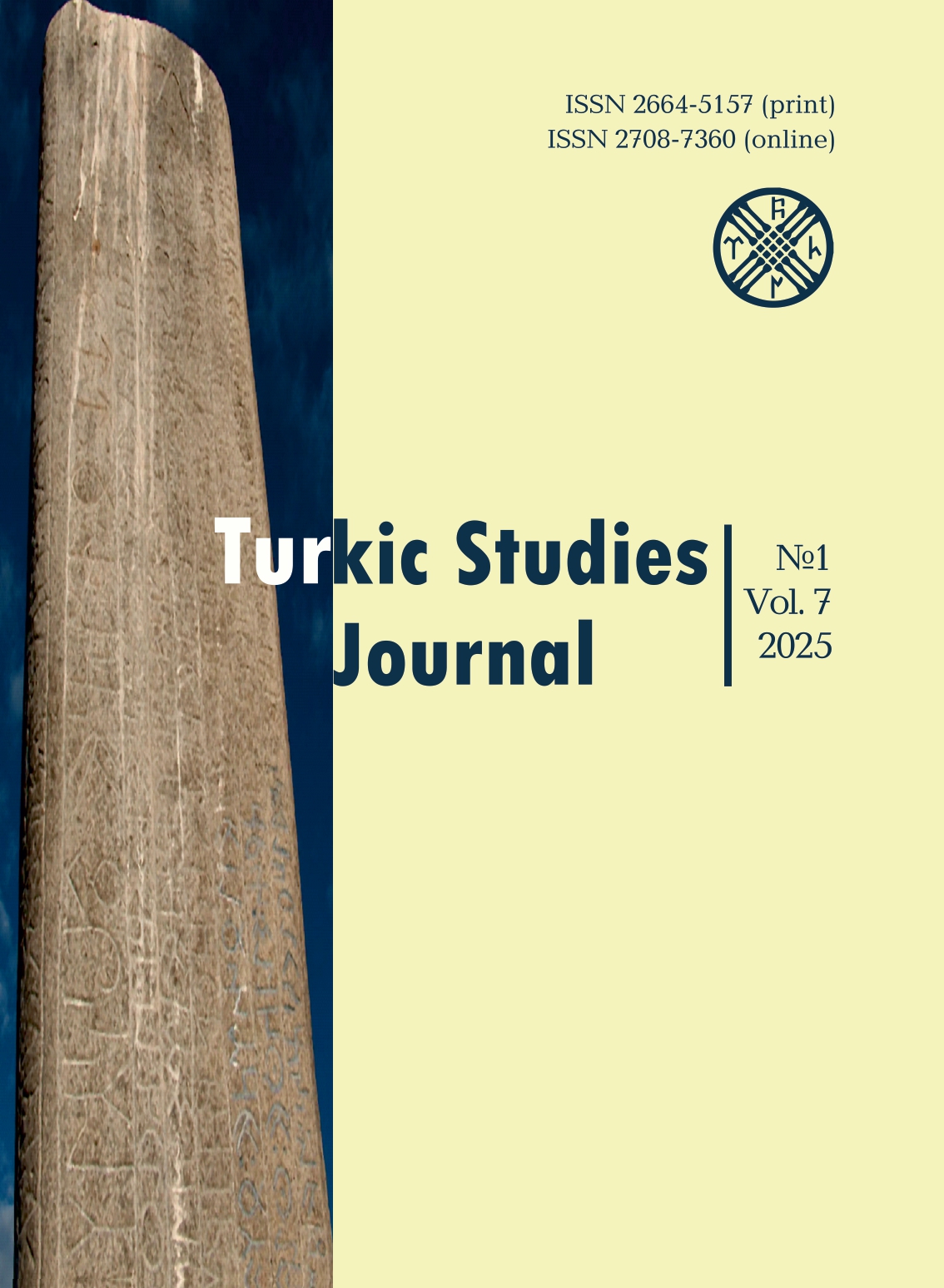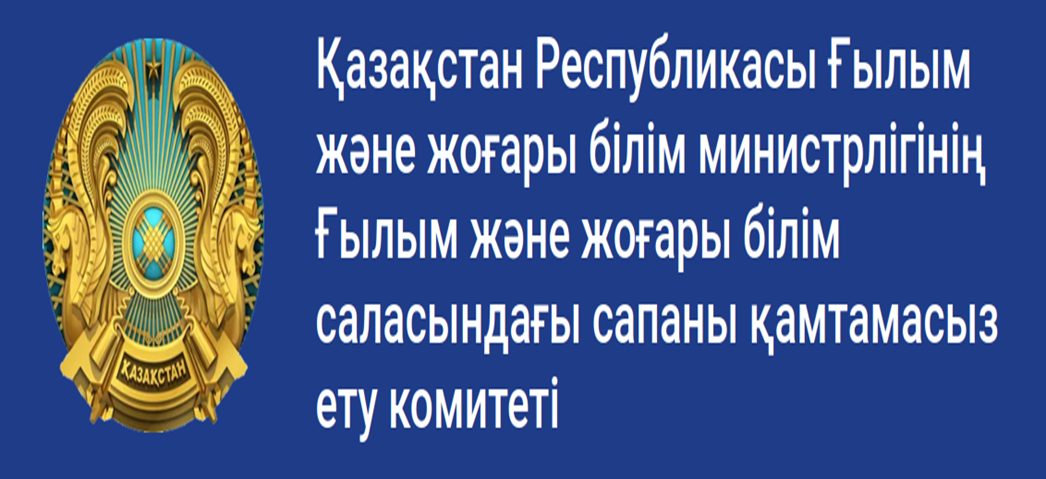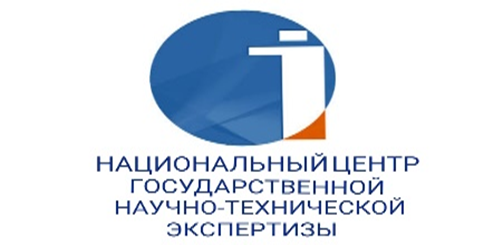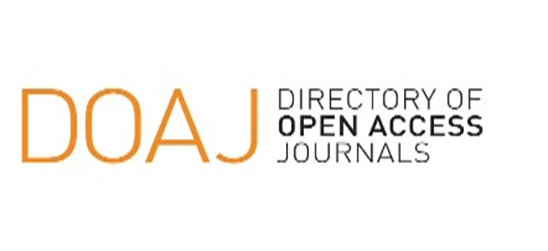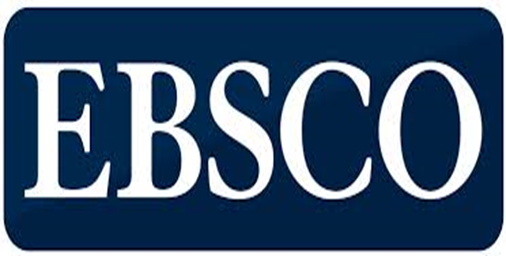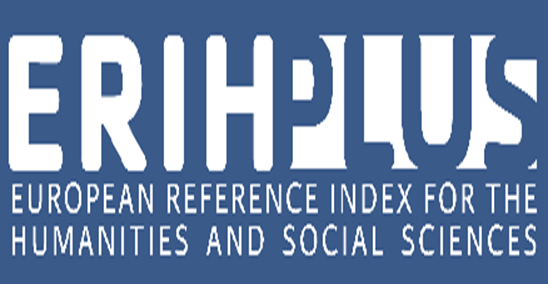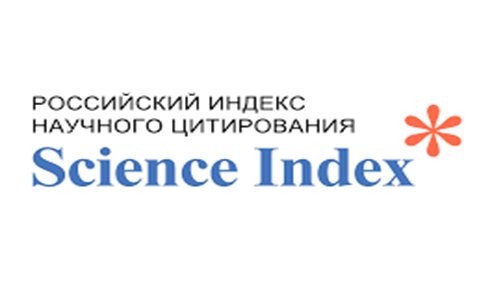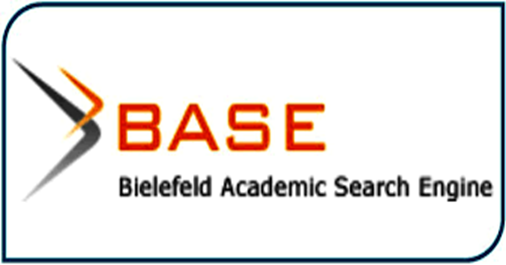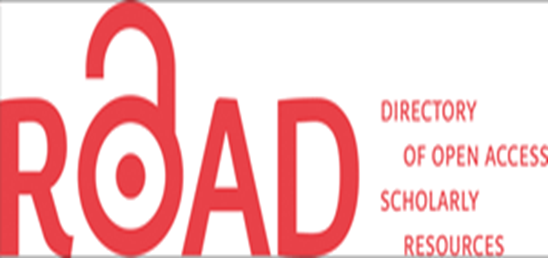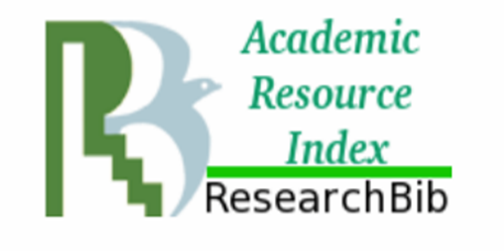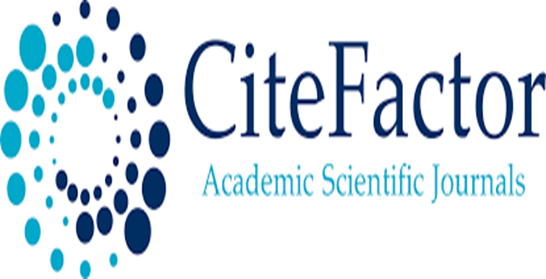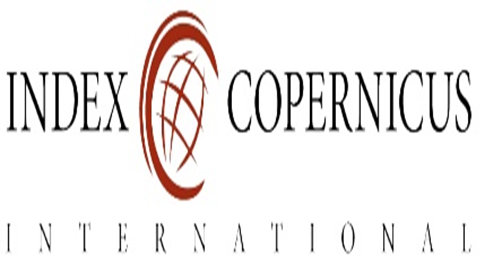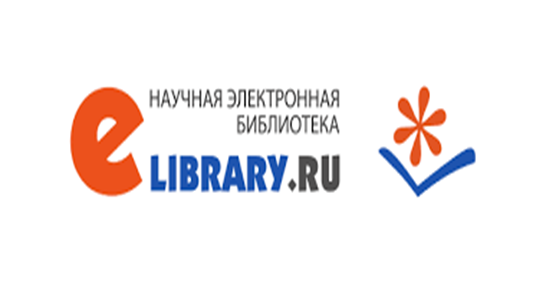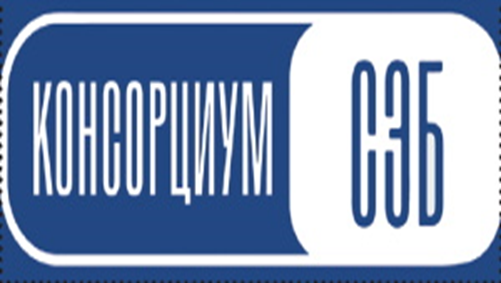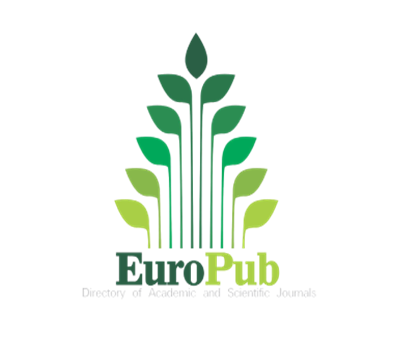Oral speech peculiarities of repatriates from Mongolia
Views: 211 / PDF downloads: 125
DOI:
https://doi.org/10.32523/2664-5157-2025-1-193-209Keywords:
Kandas, Mongolian Kazakhs, sound peculiarities, affricates, vowel harmony, consonant and vowel sounds, introductory sounds, repatriates, hard and soft sounds, linguistic influenceAbstract
The phonetics of the Kazakh language underwent significant changes during the Soviet period, influenced by the phonological laws of the Russian language. However, these externally imposed linguistic changes disrupted the internal phonetic patterns inherent to Kazakh, a member of the Turkic language family. A key issue in this context is the principle of synharmonism, which is integral to Kazakh phonology and remains a focal point in discussions surrounding the reform of the
Kazakh alphabet. Linguistic scholars argue that the phonetic divergence between native Kazakh lexemes and borrowed words threatens the preservation of the language’s distinct phonological identity.
Despite these influences, the phonetic integrity of Kazakh has been relatively well maintained among Mongolian Kazakhs.
Eethnic Kazakhs, who lived outside of Kazakhstan and repatriated to their ancestral homeland following the country's independence in 1991 are officially called kandas (which means “of the same blood”). The oral
traditions of these communities have played a crucial role in conserving key phonetic features such as sound interchange regularities, vowel harmony, and specific consonantal properties. To thoroughly examine this phenomenon, field research was conducted in 2023 involving Kazakh repatriates from Mongolia, aged between 22 and 70, residing in the Akmola region and Astana city. The analysis of linguistic data collected through structured interviews revealed the retention of phonetic attributes characteristic of traditional Kazakh speech. These include the continued use of affricates, systematic alternation of hard and soft sounds, and distinctive articulatory patterns in consonant pronunciation. Such findings highlight the resilience of Kazakh phonetic norms among repatriated communities, contrasting with phonetic shifts in Kazakhstan influenced by prolonged Russian linguistic contact.
This study underscores the significance of phonetic research in language revitalization and policymaking, emphasizing the necessity of aligning the Kazakh alphabet reform with the phonological principles intrinsic to the language. Moreover, it highlights the role of diaspora communities in preserving linguistic heritage, providing valuable insights into phonetic conservation in multilingual environments. Future research should further explore the impact of sociolinguistic factors on phonetic variation and investigate strategies to integrate
historically authentic phonetic structures into contemporary Kazakh linguistic education and policy frameworks.
Downloads
Reference
Аханов Қ., 1965. Тіл біліміне кіріспе. Алматы: Мектеп. 592 б.
Байгаж А., 2024. Моңғолия қазақтарының ауызекі сөйлеуіндегі кірме сөздер // Turkic
Studies Journal. Т. 6. No 3. 159-174 б. DOI: http://doi.org/10.32523/2664-5157-2024-3
-174
Базылхан Б., 1991. Моңғолия қазақтарының тілі. Улаанбаатар-Өлгий. 206 б.
Базылхан Н., 2006. Моңғолдың құпия шежіресі (көне моңғол тіліндегі түпнұсқалық
транскрипциясы, ғылыми мағыналық аудармасы мен түсіндермелерін көрсеткіштерін
жасаған Н.Базылхан) [Мәтін] // Серия «Қазақстан тарихы туралы моңғол деректемелері»,
I том. Алматы: Дайк-Пресс. 400 б.
Байтұрсынұлы А., 2006. Бес томдық шығармалар жинағы [Мәтін]. ІV т. Алматы:
Алаш. 320 б.
Досанова А.М., 2016. Этникaлық қaзaқтaрдың тілдік интегрaциясы мен бейімделуі /
Жалпы ред. басқ. Э. Сүлейменова. Aлмaты: Қазақ университеті. 166 б.
Досмұхамедұлы Х., 1998. Таңдамалы (Избранное). Алматы: Ана тілі. 384 б.
Жүнісбек Ә., 2018. Қазақ тіл білімінің мәселелері. Алматы: Абзал-Ай. 368 б.
Кәрімов Х.К., 1986. Қазақ тілі говорларындағы жуан, жіңішке дауыстылар сәйкестігі
// Қазақ тілі теориясы мен тарихының мәселелері. Алматы: Ғылым. Б. 23-45.
Каригулова С.С., 2016. Тәуелсіз Қазақстан республикасының даму тарихы. «Абай»
ақпараттық порталы. 23.11.
Құрманбайұлы Ш., 2014. Қазақ терминологиясы: Зерттеулер, оқулық, сөздік,
библиография. Алматы: Сардар. 928 б.+16 жапсырма бет.
Нақысбеков О., 1982. Қазақ тілінің оңтүстік говорлар тобы. Алматы: Ғылым. 168 б.
Назарбаев Н.Ә., 1992. Алыстағы ағайындарға ақ тілек. «Жаңа өмір» газеті, Бай өлке,
-ақпан, № 13 (4973).
Рассадин В.И., 2008. О характере монгольско-казахских лексических параллелей //
Гуманитарный вектор. Серия: Педагогика, психология. №4. С. 61-62.
Сағидолдақызы Г., 2003. Поэтикалық фразеологизмдердің этномәдени мазмұны
(қазақ және монғол тілдерінің материалдары бойынша салыстырмалы зерттеу).
Монография. Алматы: Ғылым. 248 б.
Сауранбаев Н.Т., 1955. Диалекты в современном казахском языке. // Вопросы
языкознания. Изд-во Академии наук СССР, № 5. С. 43-51.
Терминология мәселелері, 2006. 2-кітап. Астана: «ІС-Сервис» ЖШС. 288 б.
Төреқұлов Н., 2007. Шығармаларының көп томдық жинағы. Алматы: Ғылым. 288 б.
Auyeskhan R., 2022. An Overview of Mongolic-Kazakh Linguistic Relations with a Focus on
the Kazakh Variety Spoken in Mongolia Türkçe ve Moğolca Çalışmalari sempozyumu: Sir G.
Clauson ve Talat Tekin’in Katkilari, Istanbul Universitesi. 28-29 Kasim 2022. Bildiler. (ed. M.
Ölmez, T. Karaayak) [Text] // Ankara: BilgeSu Yayıncılık. ISBN 978 605-2229590, https://
iris.unive.it/handle/10278/5047001?mode=complete (қол жеткізу күні 18.11.2023)
Holly B., Cynthia W., 2010. The Kazakhs of Western Mongolia: transnational migration
from 1990–2008 // Asian Ethnicity, 11:2. P. 209-228. DOI: 10.1080/14631361003779463
Finke P., 2004. Nomaden im Transformationsprozess. Kasachen in der post-sozialistischen
Mongolei. Kölner ethnologische Studien: Vol 29. / LIT Verlag Münster. 364 p.
REFERENCE
Akhanov K., 1965. Til bilimine kirispe [Introduction to Linguistics]. Almaty: Mektep. 592 p. [in Kazakh].
Baigazh А., 2024. Borrowed words in the oral speech of Mongolian Kazakhs. Turkic Studies Journal. Vol. 6. No 3. P. 159-174. DOI: http://doi.org/10.32523/2664-5157-2024-3-159-174. [in Kazakh].
Bazylkhan B., 1991. Mongoliya kazaktarynyn tili [The language of Mongolian Kazakhs]. Ulaanbaatar-Olgii. 206 p. [in Kazakh].
Bazylkhan N., 2006. Mongoldyn kupiya shezhiresi (kone mongol tilindegi tupnuskalyk transcriptsiyasy, gylymi magynalyk audarmasy men tusindirmelerin korsetkishterin zhasagan N.Bazylkhan) [The secret chronicle of the Mongols (original transcription in ancient Mongolian language, scientific translation and explanations by N. Bazylkhan]. Seriya «Kazakstan tarihy turaly mongol derektemeleri», I tom. Almaty: Daik-Press. 400 p. [in Kazakh].
Baitursynuly A., 2006. Bes tomdyk shygarmalar zhinagy [Collection of works in five volumes]. ІV t. Almaty: Alash. 320 p. [in Kazakh].
Dossanova A.M., 2016. Etnikalyk kazaktardyn tildik integratsiyasy men beiimdelui [Linguistic integration and adaptation of ethnic Kazakhs]. Zhalpy red. Baskargan E.Suleimenova. Almaty: Kazak universiteti. 166 p. [in Kazakh].
Dosmukhameduly Kh., 1998. Tandamaly (Izbrannoe) [Selected]. Almaty: Ana tili. 384 р. [in Kazakh].
Zhunisbek A., 2018. Kazak til biliminin maseleleri [Problems of Kazakh language linguistics]. Almaty: Abzal-Ai. 368 p. [in Kazakh].
Karimov Kh.К., 1986. Kazak tili govorlaryndagy zhuan, zhinishke dauystylar saikestigi [Correspondence of hard and soft vowels in the dialects of the Kazakh language]. Kazak tili teoriyasy men tarihynyn maseleleri. Almaty: Gylym. P. 23-45. [in Kazakh].
Karigulova S.S., 2016. Täuelsız Qazaqstan respublikasynyñ damu tarihy. «Abai» aqparattyq portaly, 23.11.Kurmanbaiuly Sh., 2014. Кazak terminologiyasy: Zertteuler, okulyk, sozdik, bibliografiya [Kazakh terminology: Research, textbook, dictionary, bibliography] [Text]. Almaty: Sardar. 928 p.+16 additional pages. [in Kazakh].
Nakysbekov O., 1982. Kazak tilinin ontustik govorlar toby [Kazakh language, group of southern dialects]. Almaty: Gylym. 168 p. [in Kazakh].
Nazarbayev N.Ä., 1992. Alystağy ağaiyndarğa aq tılek tyñ. «Jaña ömır» gazetı, Bai ölke, 18-aqpan [Best wishes to distant brothers. "New Life" newspaper, Bai Olke, February 18], No 13 (4973). [in Kazakh].
Rassadin V.I., 2008. O kharaktere mongolsko-kazakhskih leksicheskih parallelei [O character of Mongolian-Kazakh lexical parallels]. Gumanitarny vektor. Seriya: Pedagogika, psikhologiya. No4. P. 61-62. [in Russian].
Sagidoldakyzy G., 2003. Poetikalyk fraseologimderdin etnomadeni mazmuny (kazak zhane mongol tilderinin materialdary boiynsha salystyrmaly zertteu) [Ethnocultural content of poetic idioms (comparative study of materials of Kazakh and Mongolian languages)]. Monograph. Almaty: Gylym. 248 p. [in Kazakh].
Sauranbayev N.T., 1955. Dialekty v sovremennom kazahskom yazyke [Dialect in modern Kazakh language] [Text]. Voprosy yazykoznanya. Moscow: Izdatelstvo Akademii nauk SSSR. No 5. P. 43-51. [in Russian].
Terminologiya maseleler, 2006. [Terminology issues]. 2 book. Astana, «ІС-Servis» JSC. 288 p. [in Kazakh].
Torekulov N. Şyğarmalarynyñ köp tomdyq jinağy [Collected Works in Multiple Volumes] [Text]. Almaty: Gylym. 288 p. [in Kazakh].
Auyeskhan R., 2022. An Overview of Mongolic-Kazakh Linguistic Relations with a Focus on the Kazakh Variety Spoken in Mongolia. Türkçe ve Moğolca Çalışmalari sempozyumu: Sir G. Clauson ve Talat Tekin’in Katkilari, Istanbul Universitesi. 28-29 Kasim 2022. Bildiler. (ed. M. Ölmez, T. Karaayak). Ankara: BilgeSu Yayıncılık. ISBN 978 605-2229590, https://iris.unive.it/handle/10278/5047001?mode=complete (accessed date 18.11.2023).
Holly B., Cynthia W., 2011. The Kazakhs of Western Mongolia: transnational migration from 1990–2008. Asian Ethnicity, 11:2. P. 209-228. DOI: 10.1080/14631361003779463
Finke P., 2004. Nomaden im Transformationsprozess. Kasachen in der post-sozialistischen Mongolei [Nomads in the transformation process. Kazakhs in post-socialist Mongolia] [Text]. Kölner ethnologische Studien: Vol 29. LIT Verlag Münster. 364 p. [in German].
Downloads
Published
How to Cite
Issue
Section
License
Copyright (c) 2025 Turkic Studies Journal

This work is licensed under a Creative Commons Attribution-NonCommercial 4.0 International License.
Funding data
-
Ministry of Education and Science
Grant numbers AP19676809

